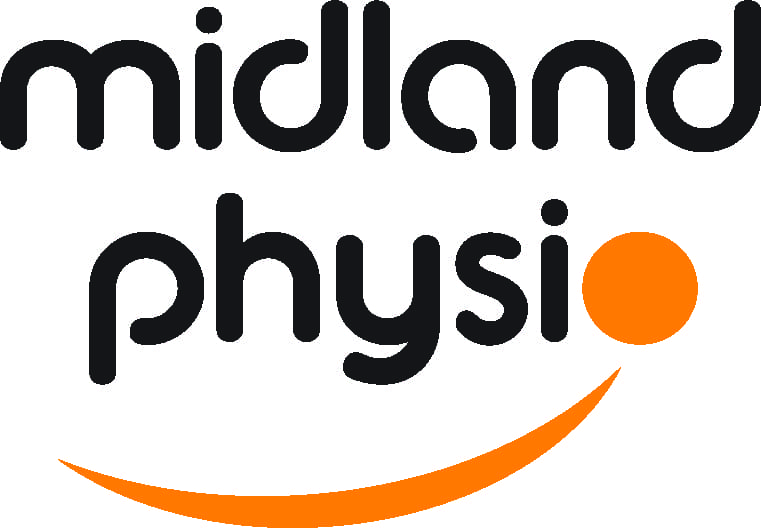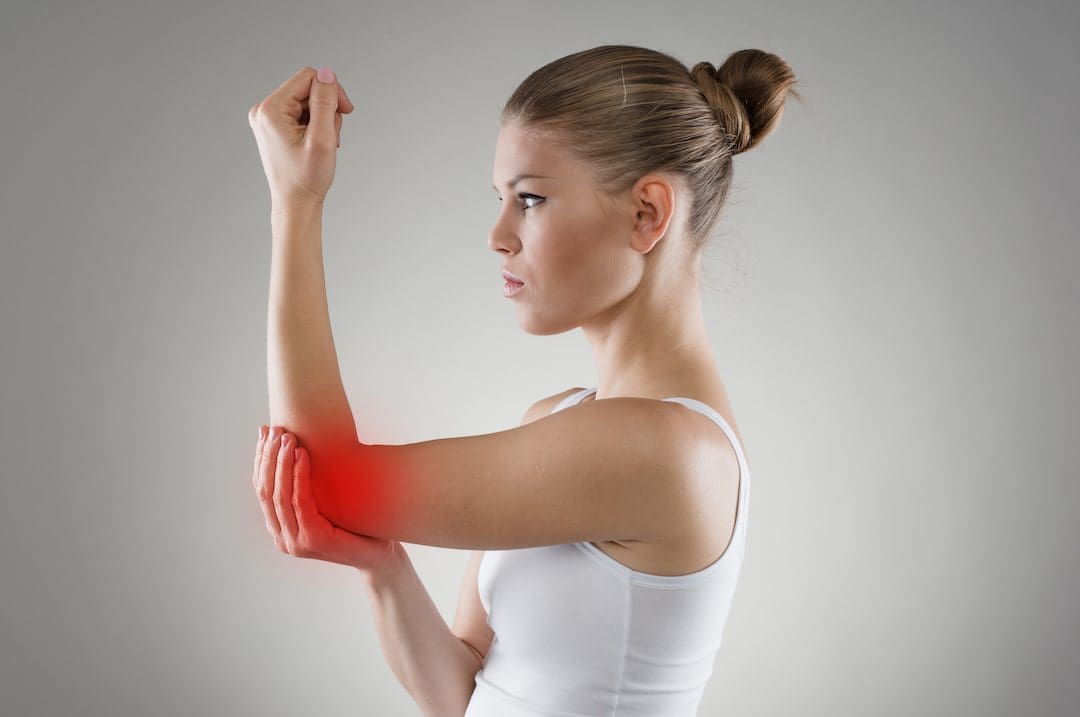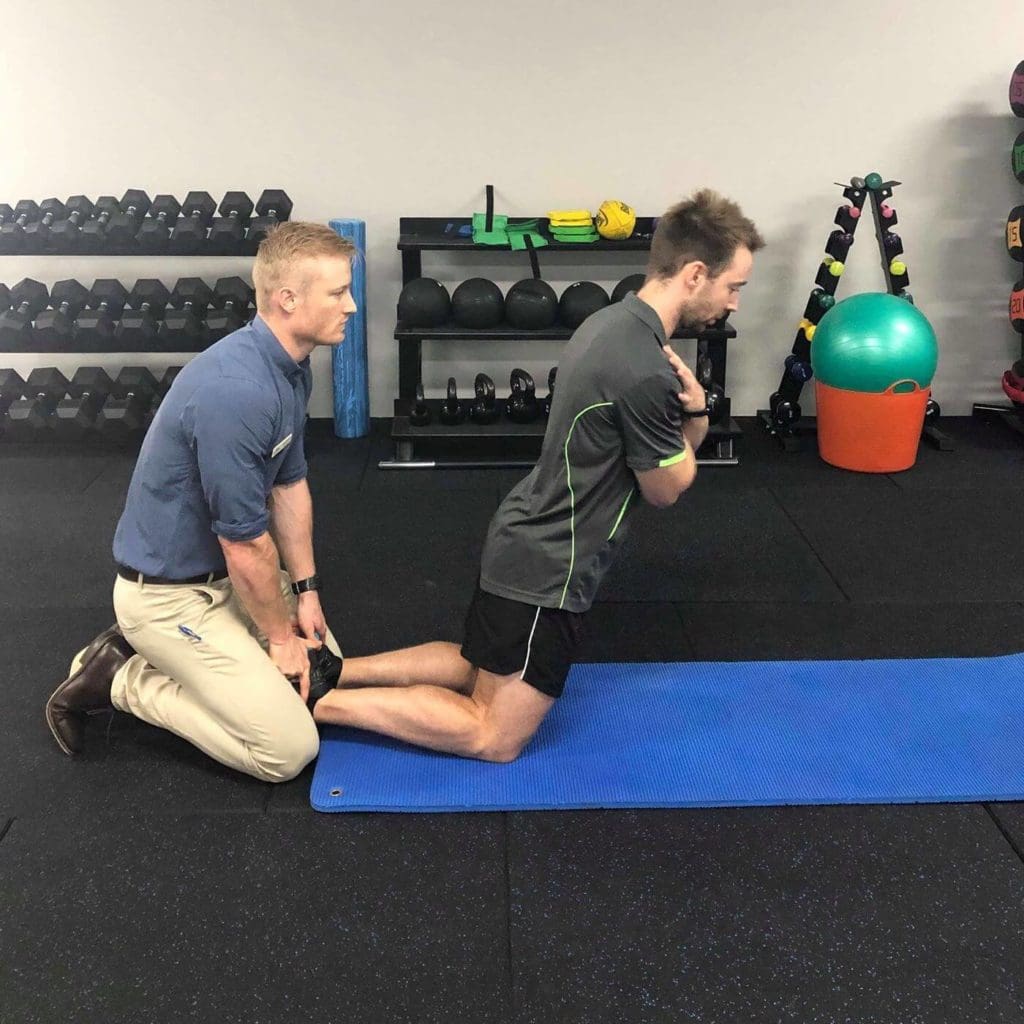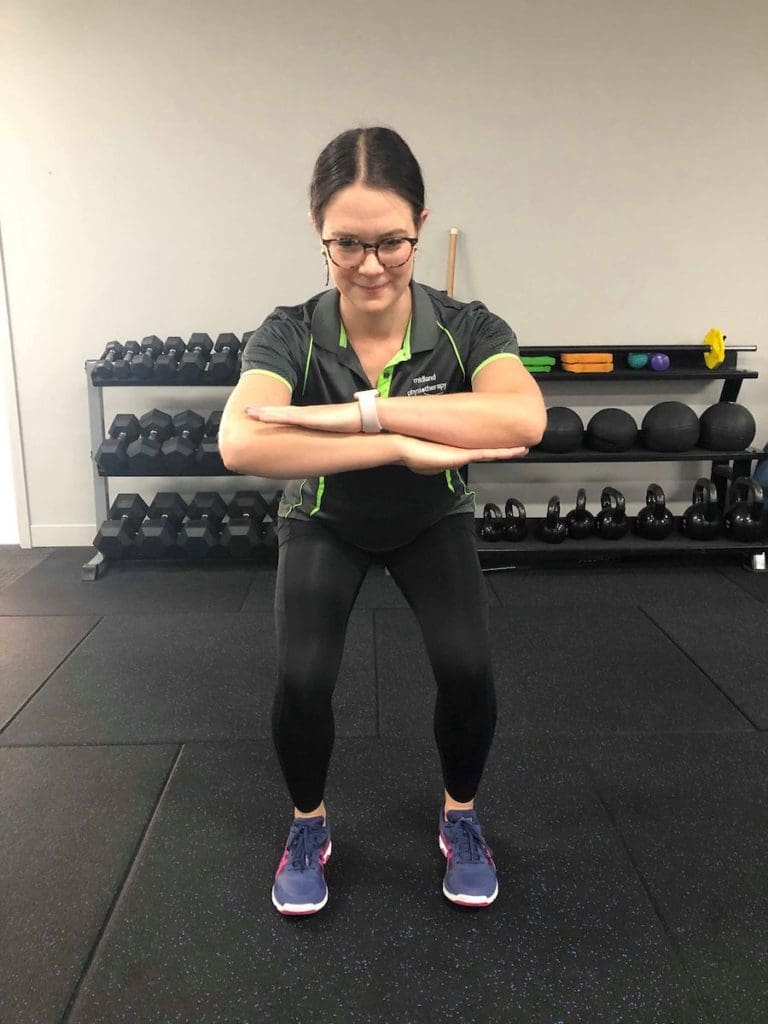What is osteoarthritis?
There is a lot of misunderstanding and confusion surrounding knee osteoarthritis. The condition is characterised by knee pain and functional limitation which is widely believed to be caused by “wear and tear” of the knee cartilage. However, what we are now learning is that knee osteoarthritis is influenced by a wide variety of whole body factors (e.g. activity levels, weight, movement patterns, stress, beliefs, sleep etc.) which affect inflammatory processes and tissue sensitivity.


Pain doesn’t equal damage
Many people associate pain with structural damage, however a lot of the time the two are not synonymous. Multiple studies are showing that while some people have pain and limitations, there is little or no damage seen on imaging. And vice versa, a lot of people who have no pain at all and full function actually do have some structural changes. In terms of the knee, MRI osteoarthritis prevalence among peoplewithout painwas 4-14% in people younger than 40 years, and 19%-43% in people older than 40years. This tells us that there are other factors that determine if a patient will experience pain or not and that interpreting these imaging findings should be done in relation to the context of the presentation of each individual.

Motion is lotion
Many people who are diagnosed with knee arthritis hear unhelpful messages such as “wear and tear” and “bone on bone”. Understandably, they can then start to avoid exercise or normal daily activities due to the fear of doing more damage. But good news! There is more and more evidence suggesting that not only is exercise NOT harmful for cartilage, but it can actually reduce joint pain and improve function and mobility!
Exercise with osteoarthritis helps with:
- Reduce inflammation
- Weight loss
- Increased muscle strength
- Restoring joint range of motion
- Load tolerance
- Psychological improvements
References
- Culvenor, A. G., Øiestad, B. E., Hart, H. F., Stefanik, J. J., Guermazi, A., & Crossley, K. M. (2018). Prevalence of knee osteoarthritis features on magnetic resonance imaging in asymptomatic uninjured adults: a systematic review and meta-analysis. British Journal of Sports Medicine. doi: 10.1136/bjsports-2018-099257
- Bricca, A., Juhl, C., Steultjens, M., Wirth, W., & Roos, E. (2018). Impact of knee joint loading exercise on MRI-assessed articular cartilage in people at risk of, or with established, knee osteoarthritis: a systematic review of randomized controlled trials. Osteoarthritis and Cartilage, 26. doi: 10.1016/j.joca.2018.02.630
- Caneiro, J., Osullivan, P. B., Roos, E. M., Smith, A. J., Choong, P., Dowsey, M., … Barton, C. J. (2019). Three steps to changing the narrative about knee osteoarthritis care: a call to action. British Journal of Sports Medicine. doi: 10.1136/bjsports-2019-101328




